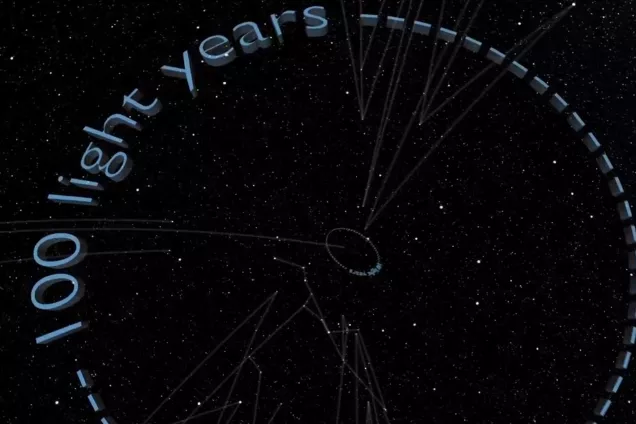Research
Lund Observatory has a long history of famous astronomers working on understanding the dynamics and the constituents of the Milky Way. Today we honour this legacy by actively pursuing questions at the cutting edge of astronomical research, namely the formation and evolution of galaxies, stars and exoplanets.
The research here at the Division for Astrophysics is driven by the curiosity of individual researchers with their own local, national and international networks. Our current research aims at exploring the constituents of the Milky Way, from an evolutionary, chemical, and dynamical point of view, and embedding our understanding of them in a cosmological context. The study of exoplanets is an emerging and new dimension of this enterprise.
The galaxy we inhabit
Our astronomers study the full Milky Way panorama to reach a holistic picture of the Galaxy and actively pursue fundamental questions within astrophysics and astrometry, simulations, and observations.
The spectroscopic work encompasses both precision studies of small populations of stars and complementary large stellar surveys reaching the entire galaxy including Gaia, 4MOST (South) and Weave (North). These surveys aim to provide a chrono-chemo-kinematical map of our Galaxy, including stellar orbits, ages, and chemical compositions for large samples of stars. This in turn offers significant constraints on models of galaxy formation through all major nucleosynthesis channels.
Space missions
Central to understanding the Milky Way is ESA's Gaia mission. Lund observatory has been heavily engaged in Gaia from its beginning, and is still playing a key role in the success of this revolutionary space mission, in planning, analysis and validation as well as science utilisation. Our researchers are now leading proposals for a successor mission detecting in the near-IR, called GaiaNIR.
Exoplanets
Lund Observatory recently expanded its research to include exoplanet observations and characterisation, with the ultimate goals of understanding exoplanet atmospheres, establishing observational links to planet formation and the subsequent dynamical evolution of exoplanet systems, and searching for habitable planets and signatures of habitability.
Simulations
Advanced computational modelling is the theoretical research tool for understanding complicated physical processes. The development of numerical models and programs including increasingly more advanced physics put us at the forefront of several fields. Innovative algorithms and new codes able to reconcile galactic and stellar physics over a wide range of spatial and time scales are currently being developed in Lund. What used to be one of the biggest challenges of astrophysics is on the verge of being overcome, therefore opening many new possibilities in the forthcoming era of exascale supercomputing. The recently published cosmological galaxy formation simulation VINTERGATAN, developed in Lund, received attention both in the scientific community and the media, and illustrates what is possible today.
Engagement
A key characteristic of the environment at Lund Observatory is the strong coupling between top research and a very high level of engagement in both teaching and outreach by all. At the Planetarium, which has been owned and operated by Lund Observatory since 1978, qualified astronomers and astronomy students offer shows and lectures to a wide variety of audiences. The immersive content developed at the Planetarium often includes our own astronomical research and these productions are made available to both national and international dome theatres. Other outreach activities include public observing events, our very own podcast, visibility on social media and participation in University wide events such as the NMT days and Culture Night.
The future is bright
Astronomy research in Lund benefits from a unique position at a convergence point of world-leading research on galaxy formation, stellar evolution and dynamics, and spectroscopy of stars and exoplanets. The research here combines theoretical fundamental astrophysics, simulations, observations, and space mission programmatic work.
We are proud to interweave theoretical knowledge with forefront observations at both small and large scales, with certain staff more focused in theory and others in observational work, always moving towards the common goal of understanding the Universe we live in.

Publications
List of published works at the Lund University Research Portal.
Astronomers
Are you looking for a specific astronomer or want to know more about their research?






